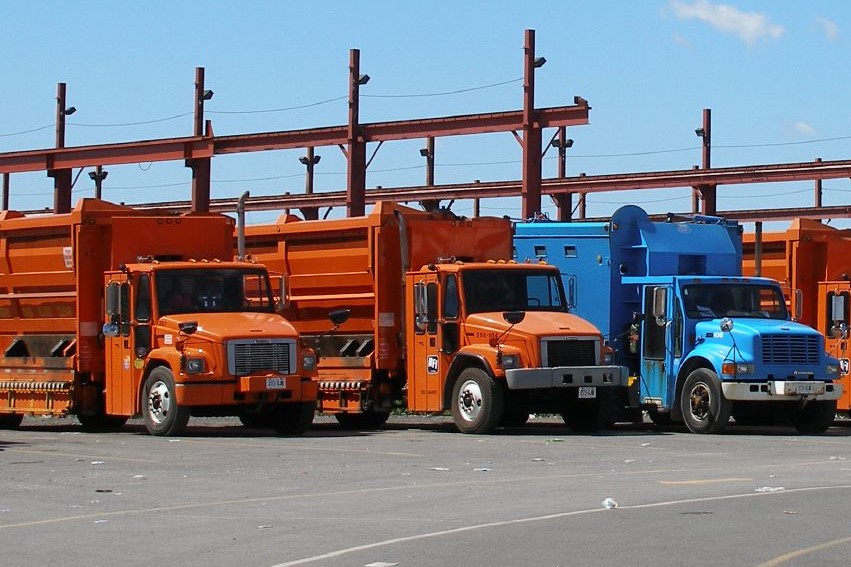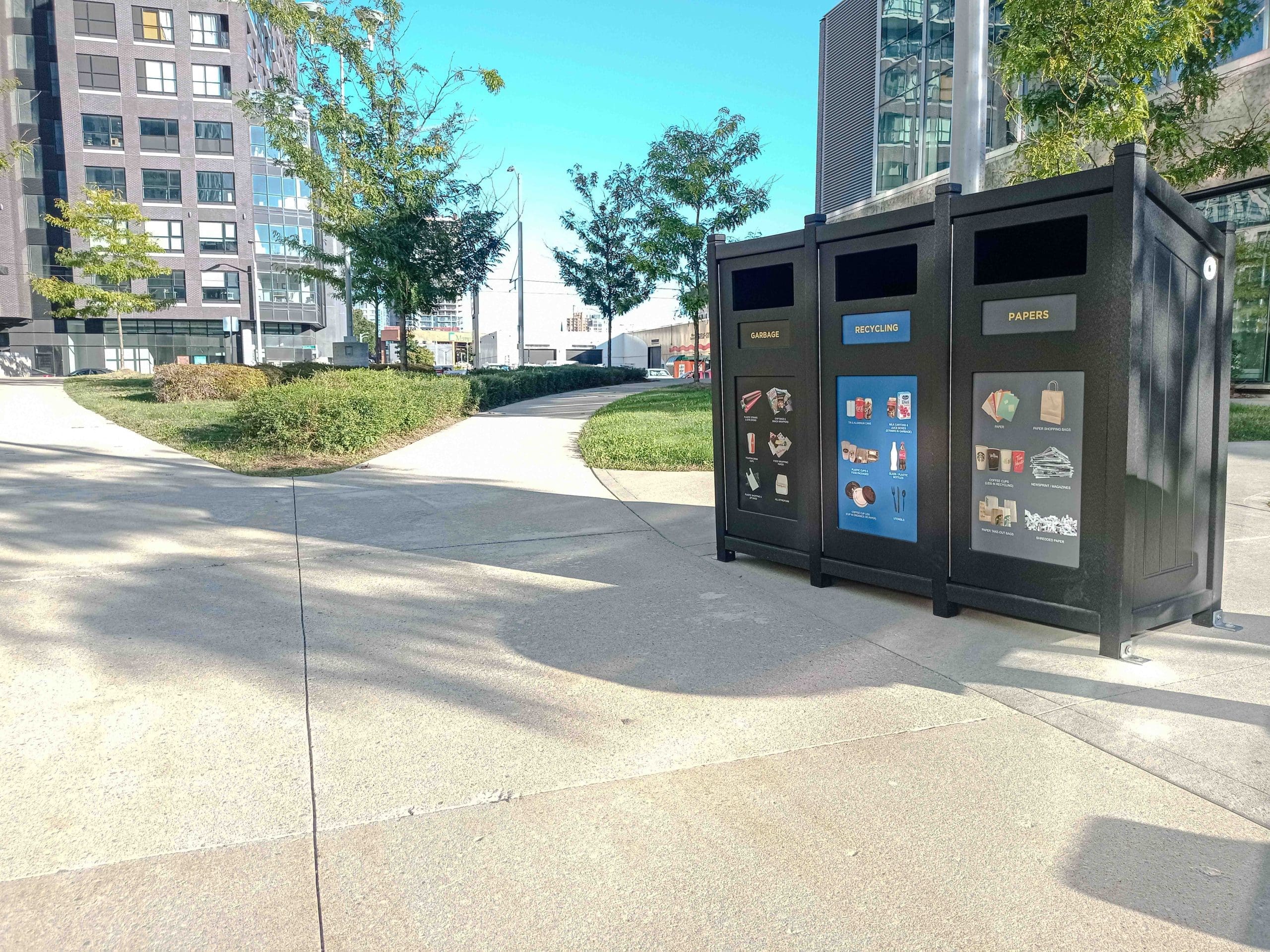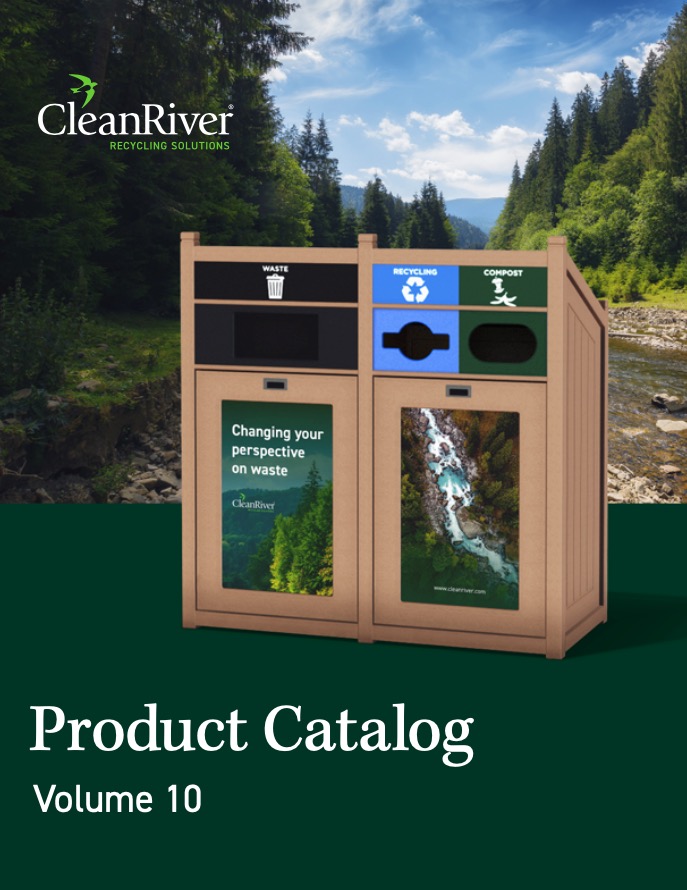Share
If you’re reading this, you probably do your best to recycle as often as possible. Most people tend to have a green recycling mentality when it comes to waste disposal.
With that being said, have you ever stopped to think “is recycling good for the environment?” Or if you’re more of a pessimist… “is recycling harmful for the environment?”
The good news is CleanRiver has been providing recycling solutions for commercial, office, and residential spaces for over 30 years. That means we’re able to answer all of your recycling questions about the impact it has on the environment, let’s begin:
The Top 5 Impacts of Recycling
- Our Trash Gets Repurposed for Reuse
- Reduced Consumption of Raw Materials
- Prevents Air and Water Pollution
- Less Waste for Landfills and Incinerators
- Creates Jobs for Towns and Cities

How Recycling Can Help the Environment, and You!
Who doesn’t get a kick out of finding creative ways to use their old stuff? Whether you’ve turned a pair of old shirts into cleaning rags, or an empty glass bottle into a vase. There are lots of opportunities to find a new life for our junk. Taking advantage of recycling solutions like implementing a recycling program for the office just makes the process easier. No need to waste your creative energy on repurposing materials when recycling facilities can do that job for you!
Recycling also saves other forms of energy that may have been used to mine or collect raw materials that can otherwise be found in recycled waste such as aluminum and paper. Which in turn prevents pollution that is often a result of acquiring raw materials, and incinerating excess waste that ends up in landfills.
Green recycling benefits aren’t the only impact either, growth in the recycling industry due to increased use and demand results in more jobs and career opportunities for communities.
Is Recycling Harmful to the Environment?

Everything has advantages and disadvantages, recycling solutions are no different. It’s not that recycling is bad, (it’s still better than throwing trash in landfills or burning it). There are just a few less desirable environmental effects that have yet to be solved. So for those who are still wondering “is recycling harmful to the environment?” here are some examples:
- Most recycling trucks and facilities use fossil fuels for energy
- Recyclable materials are not equal and may require more energy to reuse
- Contaminated recyclables end up in landfills if they cannot be cleaned
Unfortunately, energy consumption is unavoidable in the recycling process. Therefore, oil and gas products are required to power the operations. As green energy solutions become more widely available, this requirement will be reduced or eliminated in the future.
Another disadvantage to recycling is how each recyclable material has a different value and may require alternative recycling techniques to repurpose. The best examples of this are the differing qualities of plastics. A lot of our commercial recycling bins are made of recycled high-density polyethylene (HDPE) which is a routinely recycled type of plastic. The only other type of plastic that can be recycled is PET, the rest must be thrown away.
Recyclable waste that’s contaminated is typically too difficult to clean such as a greasy cardboard pizza box and often ends up in the landfill or incinerator, which can be considered harmful to the environment. However, efforts are increasingly being made to reduce or eliminate the difficultly of cleaning recyclable waste.
What are the Negatives of Recycling?
Most people will say that recycling is too expensive, time-consuming, or labour-intensive for it to be implemented. But there are solutions to these problems:
Recycling grants are a great way to offset the initial cost of implementing a recycling program. The extra paperwork involved is short-term pain for long-term gain. Think of it like using a coupon, sure it takes some extra time to use – but the money saved is worth the effort!
To reduce the labour costs associated with recycling waste separation, having clearly labeled recycling graphics on multi-stream commercial and office recycling bins saves time at recycling centers by giving consumers the ability to sort their waste in advance.

Overall, while there are some drawbacks to recycling, the positive environmental impacts heavily outweigh the negatives. For more information regarding the many advantages of recycling, (and understandable barriers to recycling such as low global buy-in) feel free to browse other areas of our website.
_________________________________________________________________________________________
Looking for more environmental tips? Check out these other blogs:
- How Many Different Bins Do I Need For My Recycling Program?
- 6 Best Items To Recycle For Money
- Bridging the Gap Between Recycling Sustainability and Accessibility
- The 6 Things Your Recycling Program Is Probably Missing
Thinking about starting a recycling program? Read our eBook for more information about recycling bins, waste diversion, and more.

CleanRiver Recycling provides a variety of innovative, flexible, and customizable recycling solutions. To determine the right solution to meet your needs, use the CleanRiver product selector.
If you have additional questions that weren’t answered in this blog post please call us at 1-866-479-4038 or email solutions@cleanriver.com.

